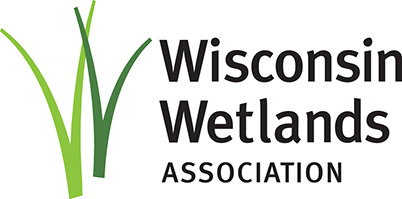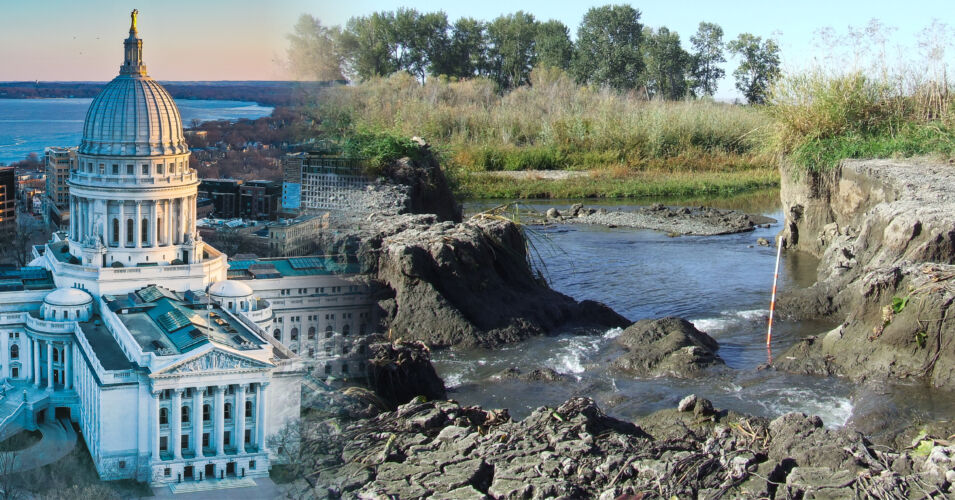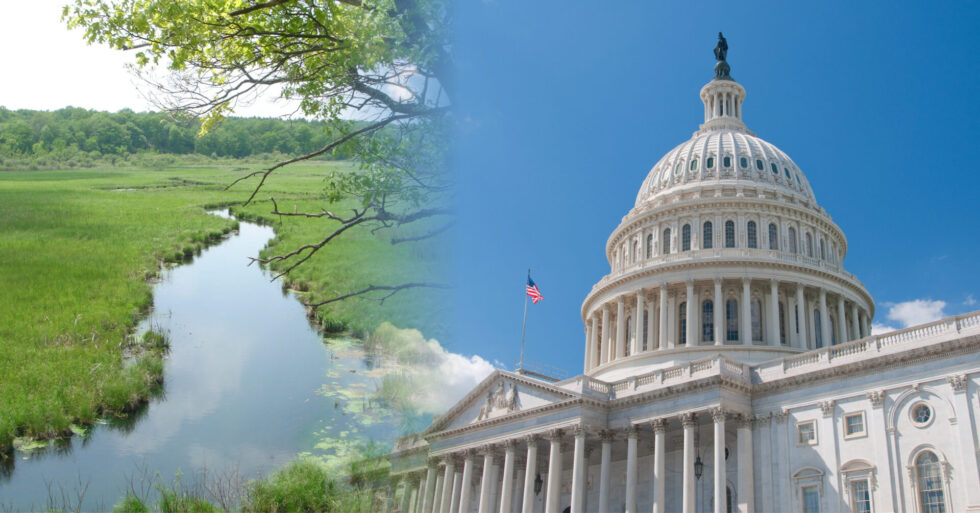January 2025 marked the start of a new two-year legislative session. Policy staff at Wisconsin Wetlands Association (WWA) always begin a new session by reflecting on recent accomplishments and how our efforts can continue to move our organizational priorities forward. To help our supporters understand where we’ve been and where we’re going next, here’s some context that underpins our policy program efforts.
The primary objective of our programs is to create the enabling conditions needed to implement wetland conservation across the state. This always involves outreach to build understanding among key audiences about the many ways that protecting and restoring healthy wetlands can solve problems.
In our policy program activities, we aim to translate that learning into action and outcomes in two key ways:
- By supporting the enactment of policies that enable wetland conservation and by removing barriers that prevent it.
- By increasing the capacity of state, tribal, and local agencies to incorporate wetland protection and restoration into their efforts to solve water management problems.
Our policy work is diverse and includes a mix of legislative, agency, and local government initiatives. This three-tiered approach recognizes that state policies and state program administration affect the implementation of wetland conservation work at the local level. By working in this way, the beneficiaries of our efforts include not just local units of government, but private sector consultants, non-governmental organizations, tribes, individual landowners, and others working to implement wetland conservation projects.
As for the work itself?
We find ourselves at an exciting time: several high-priority items from recent legislative sessions have finally been enacted or launched, including:
- The new General Permit for Hydrologic Restoration (2021 Act 77).
- The new Pre-disaster Flood Resilience Grant Program (2023 Act 265).
- Newly available cost-share eligibility for hydrologic restoration and stream restoration (DATCP’s updated ATCP 50 Administrative Rule).
For these items, our focus is to monitor and support the state’s implementation efforts to ensure the policy objectives we envisioned are fully realized. At the local level, WWA and the Northwest Regional Planning Commission are co-leads on a four-year, $1.4 million NOAA-funded project to refine and replicate the vulnerability assessment and hydrologic restoration planning work we piloted in Ashland County. This exciting project will expand the work into several new watersheds and will engage local, regional, tribal, and agency partners from three states.
And, of course, we will be back in the Capitol educating a new cohort of legislators about wetlands, about WWA, and about what we need from the legislature to accelerate wetland conservation in Wisconsin. Our top priority is to advocate for the continuation of the Pre-Disaster Flood Resilience Grant Program by maintaining $2 million in program funding in the 2025-27 state budget. We are also actively exploring opportunities to amend regulations to enable more efficient floodplain restoration permitting.
Just as in prior sessions, we will provide progress updates in future newsletters and will share information on how you can help through our Wetland News and Wetland Alert emails and through our blog. You can also contact our policy staff at policy@wisconsinwetlands.org for information on how you can help!
Related content
Pre-Disaster Flood Resilience Grants announced
New federal legislation to enable floodplain restoration in FEMA mapped floodplains



